Odra Trail – Grunwaldzki Bridge [8]
At the end of the nineteenth century, a need for a new crossing on the Upper Odra river became ever more urgent. On the right bank of the river were established university clinics and recreation areas: Szczytnicki Park and the ZOO, another investment was construction of the Royal Higher Technical School. In 1905 launched was a competition for design of the bridge. The winner proposal was the one by engineer R. Weyrauch and architect M. Myer. The hanging bridge designed by them, thanks to its low construction height in the central part, did not interfere with the view of the oldest part of the city, and at the same time was of monumental character. Engineers hanged load-bearing components made from flat lying sheets on the massive, over 25-meter high, pylons. Granite from Silesian quarries was used in ornaments on the pylons completed with turrets.
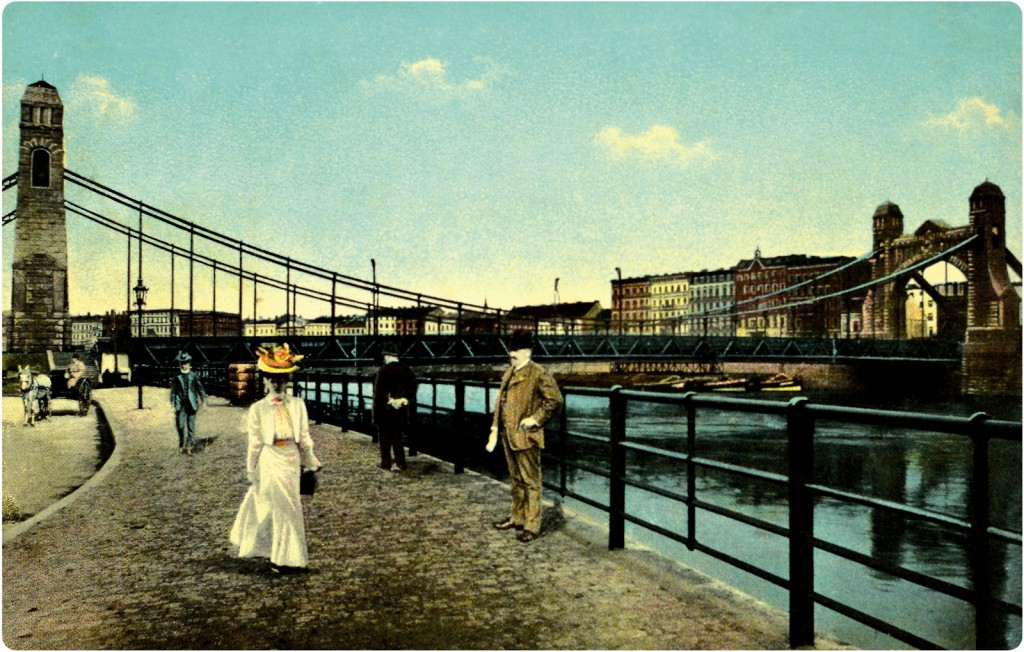
Grunwaldzki Bridge, in the background visible no longer existing buildings on Frédéric Joliot-Curie Street.
The bridge, named Imperial, was officially opened in the presence of Wrocław inhabitants on 10.10.1910. Emperor Wilhelm II did not participate in this event, however only a month later he rode between huge granite pylons reminding triumphal arches.
The crossing, bombed during the defence of Festung Breslau, was secured in 1945 – the bridge was supported with sunken barges with caissons. In 1947, Polish engineers raised from supports steel structure weighing 2,300 tons.
During over a hundred years of its existence, the bridge, which repeatedly changed names (from Imperial to Freedom, then back to Imperial and finally to Grunwaldzki), witnessed many events. During the defence of Festung Breslau in 1945, Germany, while being shot at prepared the place to become a landing ground and blew up the whole row of houses on the right bank of the river. In the 80s protesting crowds marched on the Grunwaldzki bridge, which then became a place of bloody fights with ZOMO units. In 2010, the Grunwaldzki bridge pompously celebrated its centenary, and in the year preceding the celebration of European Capital of Culture 2016, in the project Bridges, the most famous of Wrocław’s crossings was distinguished by extraordinary evening illumination.
Grunwaldzki Bridge details:
- previous names: Kaiserbrücke, Freiheitsbrücke
- obstacle: Upper Odra
- built in: 1908-1910
- commissioning of the bridge to use: 10.10.1910
- the spread between the axes of the pylons: 126.6 metres
- the length over Odra riverbed: 112.5 metres
- overall width: 20 metres
- the height of the towers of the pylons: 25.54 metres (now lower)
- tie bar length: 216 metres
- construction cost: 2 810 000 marks
When you say „river”, I hear „Odra”
When you „house” say, I hear „Poland”When you say „Odra”, I hear „hand”
Some arm on which your house is basedRafał Wojaczek, Not a trifle [unofficial translation]
ODRA TRAIL:
- Stopień wodny Opatowice, Śluza Opatowice
- Stopień wodny Bartoszowice, Śluza Bartoszowice
- Przystań ZOO, Port STANICA, Port RANCZO
- Przystań Zwierzyniecka, Most Zwierzyniecki, Kanał Miejskiego
- Szczytniki Barrage, Szczytniki Lock
- Wyspiański Shore
- Ujście rzeki Oława, Port Węglowy, Odra Centrum
- Grunwaldzki Bridge
- Kanał Żeglugowy, Śluza Zacisze
- Boulevard of Lech and Maria Kaczyński
- Gondola Bay
- Boulevard of Xawery Dunikowski
- Włostowic boulevard
- Most Tumski, Mosty Młyńskiej
- Sand Bridge, the Tamka Island
- The upper barrage, Sand Lock
- Słodowa Island
- Most Uniwersytecki, Marina
- The lower barrage – Burgher’s Lock
- Mieszczański Stopień Wodny, Elektrownie wodne
- Port Miejski, Kępa Mieszczańska
- Stopień wodny Różanka, Śluza Różanka
- Barrage Psie Pole, The City Lock
- Most Milenijny, Zimowisko Barek Osobowice 1
- Port Popowice
- Zimowisko Barek Osobowice 1
- Stocznia Kozanów
- Stopień wodny Rędzin, Śluzy Rędzin
- Home page
See also our Partner: www.WroclawNadOdra.pl [eng]
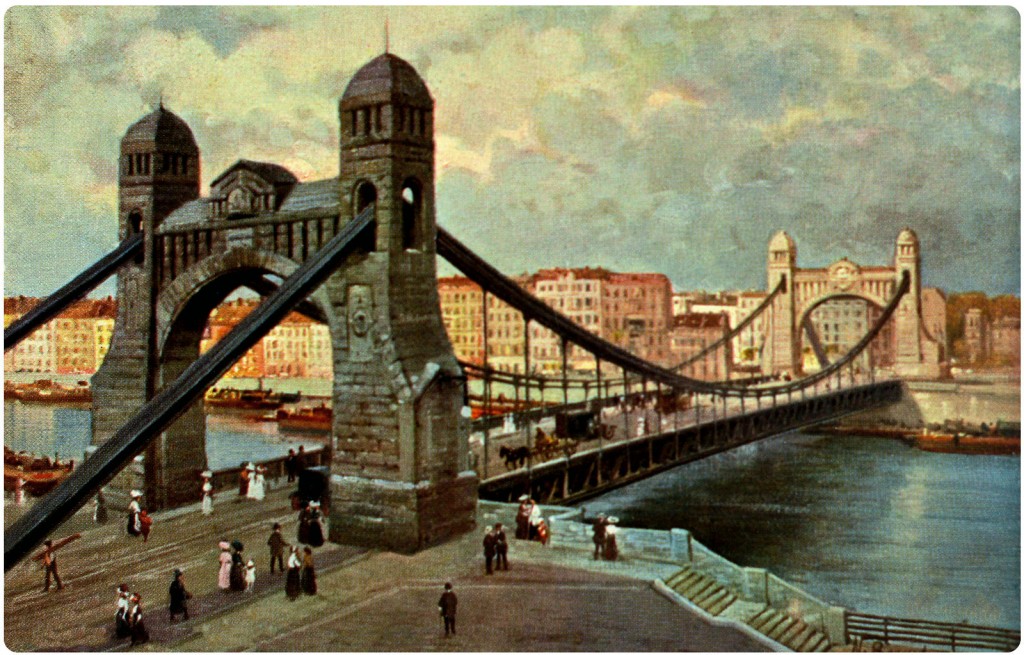
 See location on the map
See location on the map
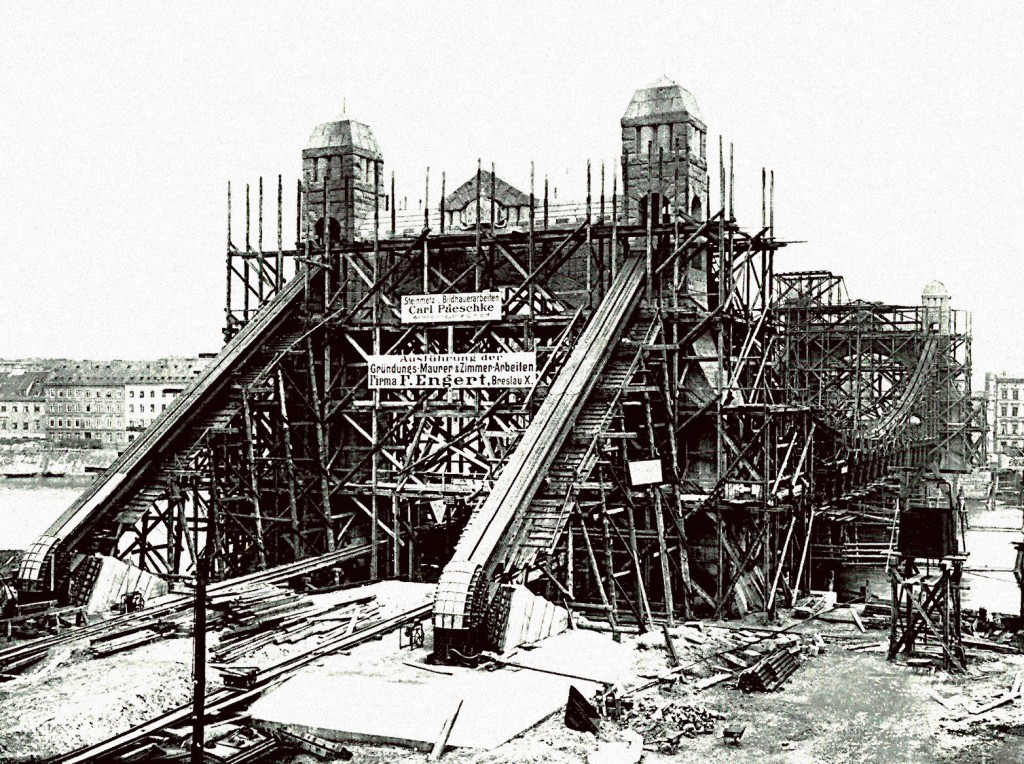
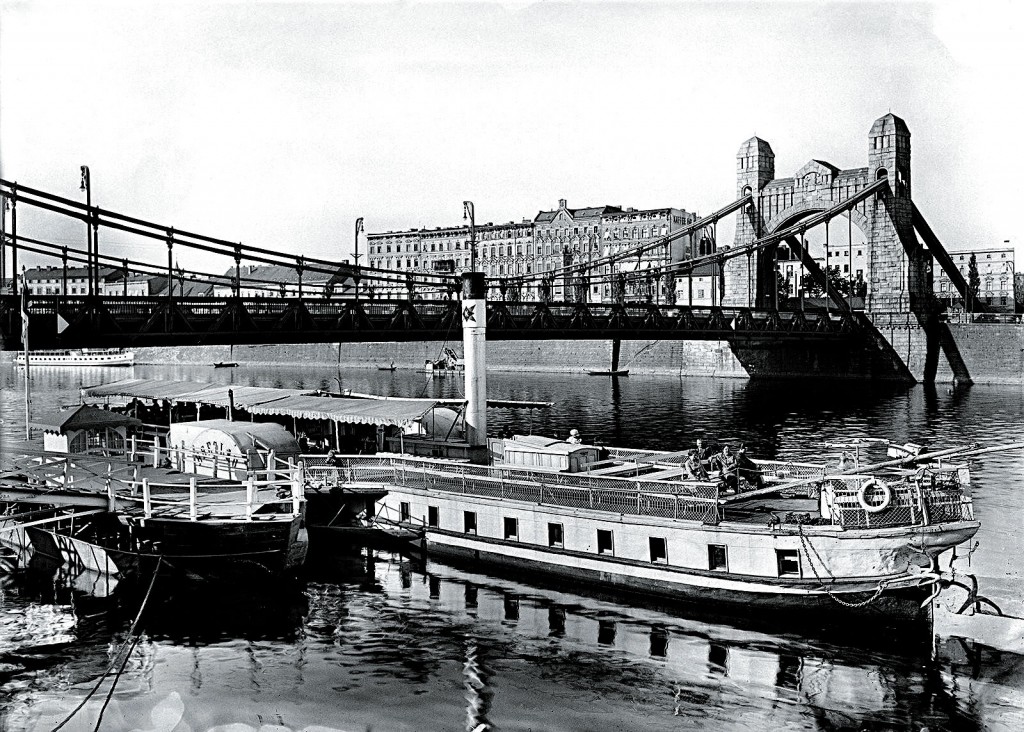
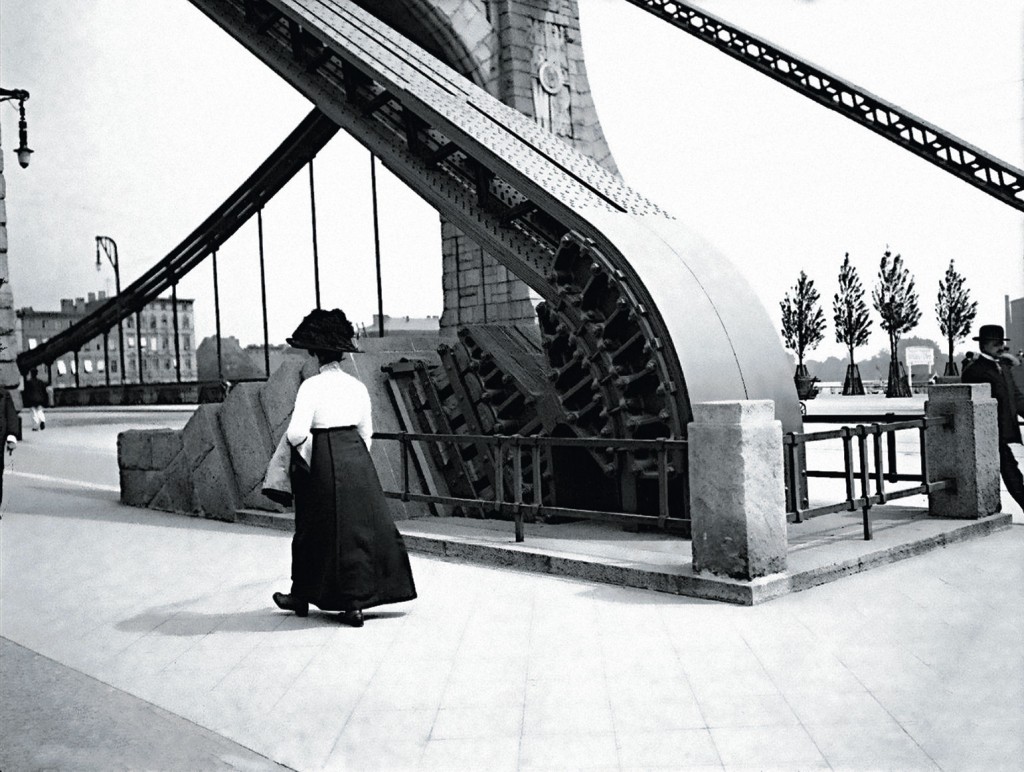
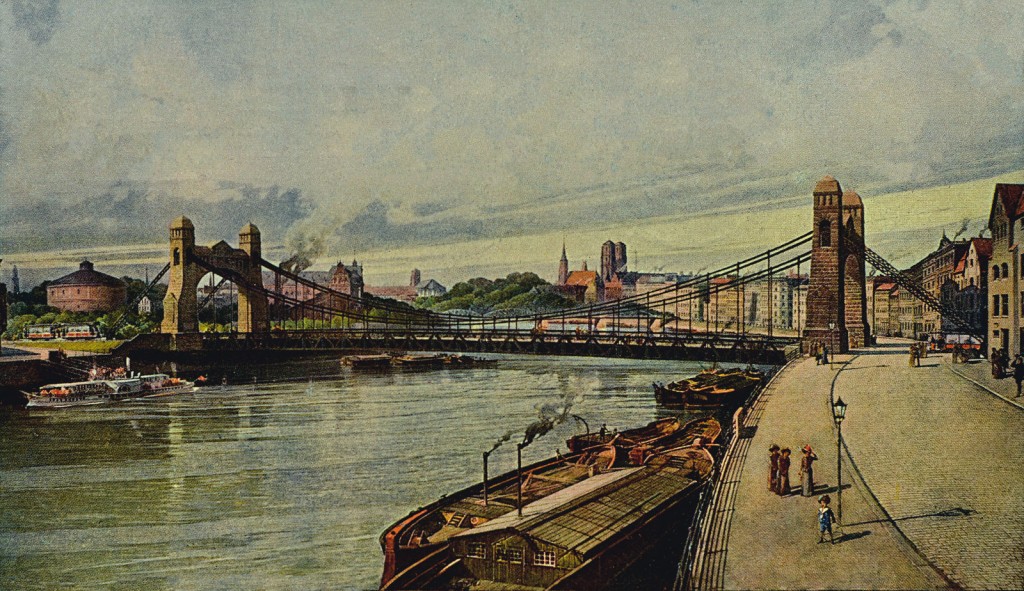


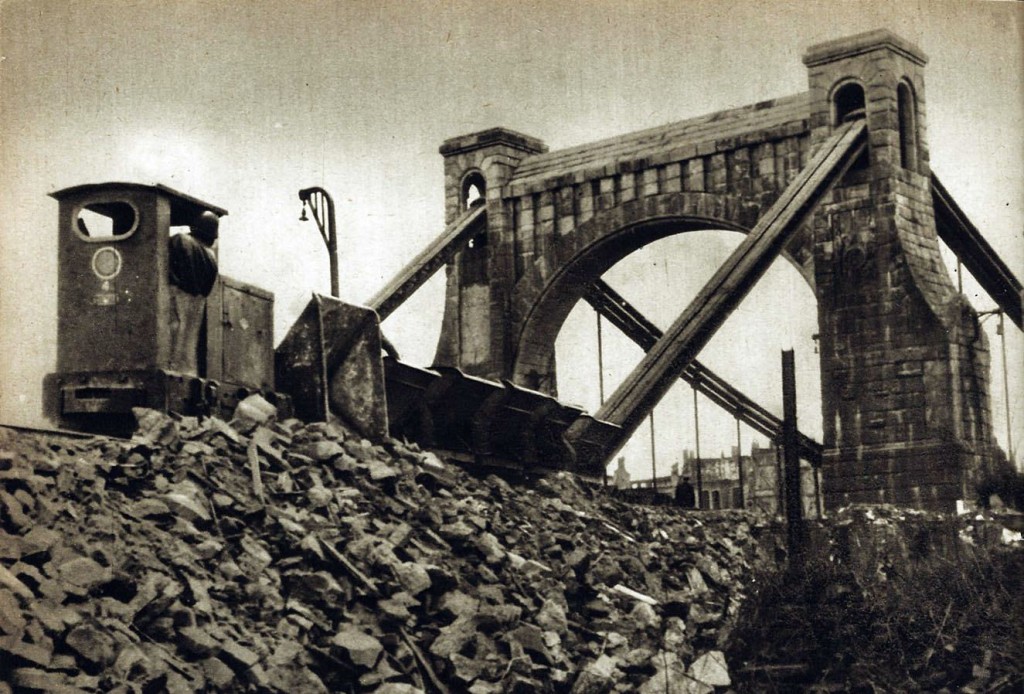

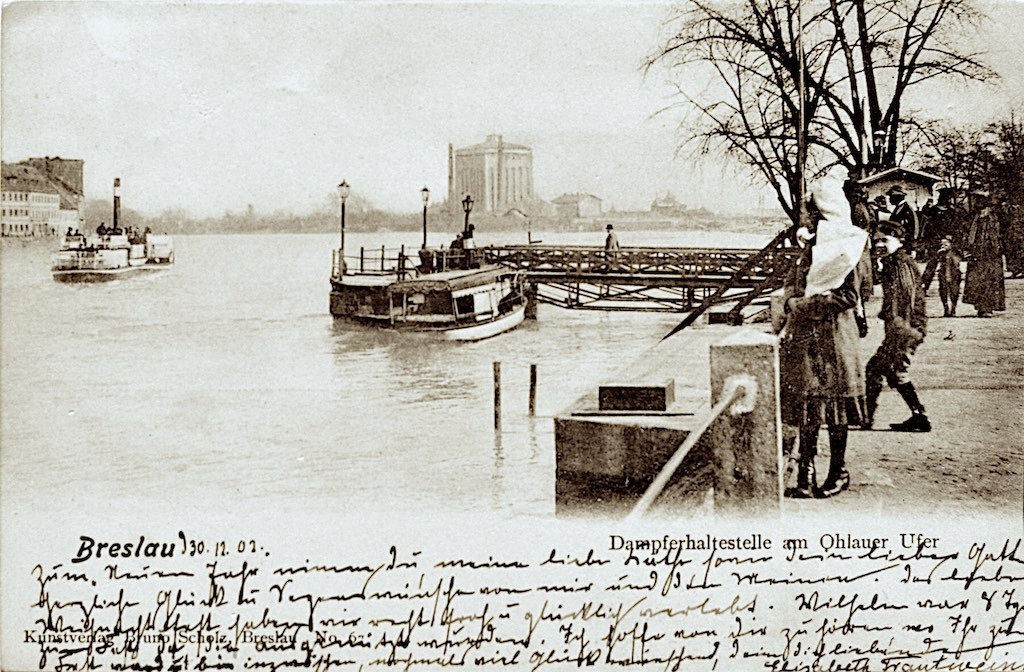
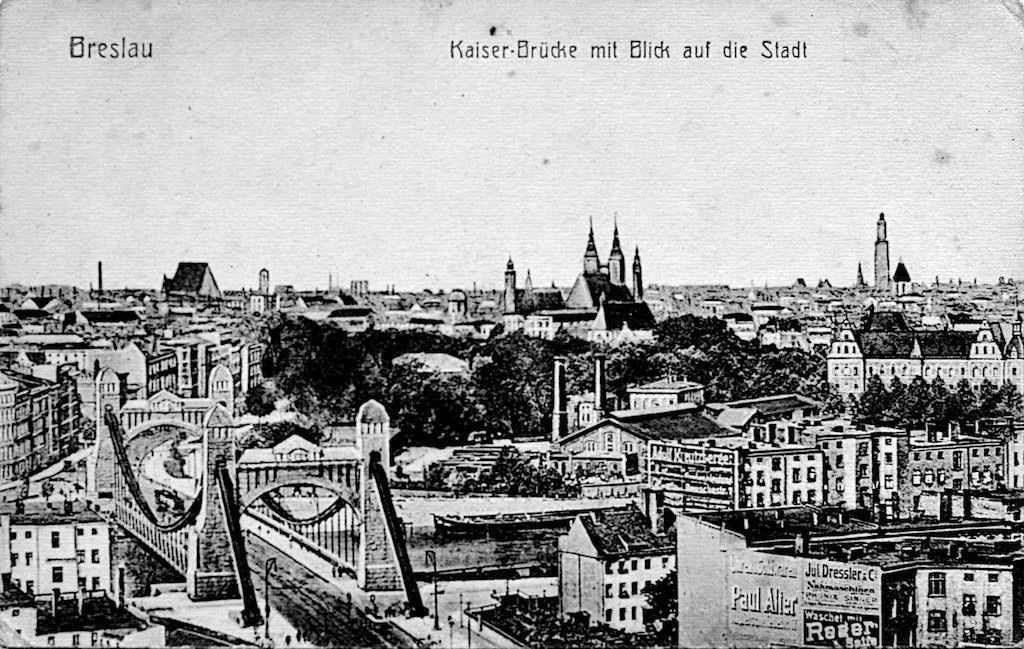
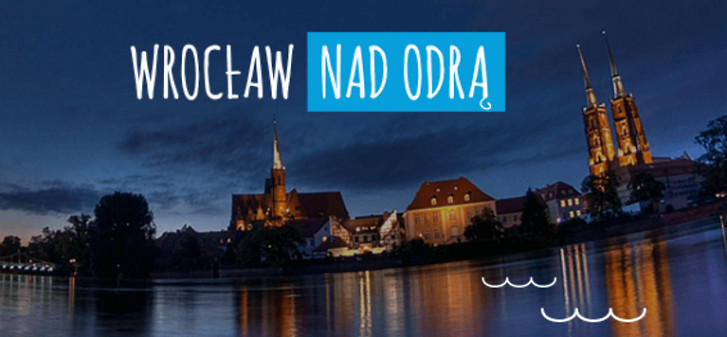

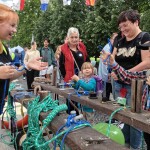

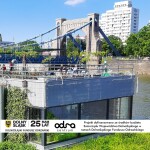
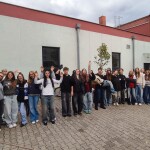




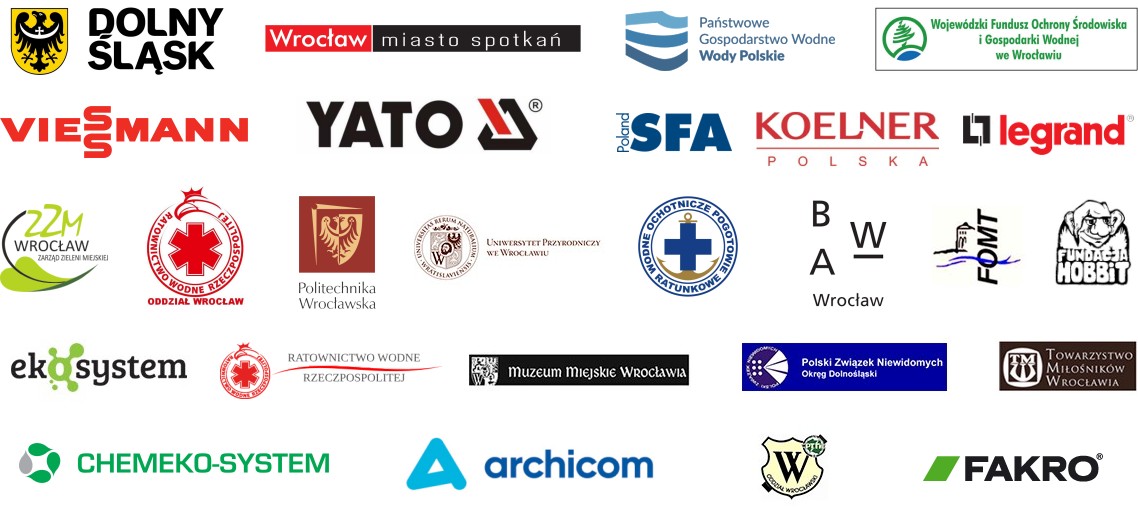
 wybrzeże Juliusza Słowackiego 5B, 50-406 Wrocław
wybrzeże Juliusza Słowackiego 5B, 50-406 Wrocław
 512 40 60 70
512 40 60 70




